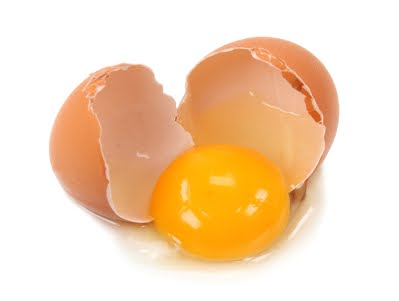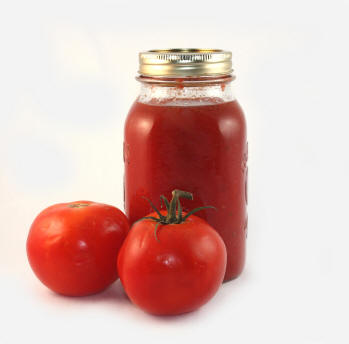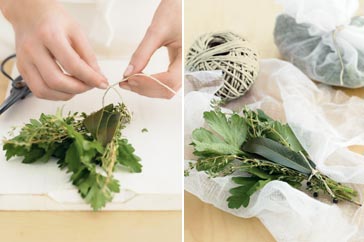Foods 2070 Lessons
Sauces in Cuisine
Lesson Questions
- What is the role of sauces in cuisine?
- Identify foundation sauces, thickening agents and flavours.
Lesson
Foundation Sauces:
A sauce can be the enhancement to a dish that changes it from good food to excellent food.
According to the ultimate cooking reference book, The New Food Lover's Companion, by Sharon Tyler Herbst, the French are credited with refining the sophisticated art of sauce-making. The development of various sauces over the years stems from the 19th-century French chef Antonin Carême who evolved an intricate methodology by which hundreds of sauces were classified under one of five "mother sauces." Those basic sauces are the white sauce Béchamel, the light stock-based Velouté, the brown stock-based Espagnole; Tomato sauce and the basic emulsified sauce, Hollandaise.
- Béchamel
- the classic white sauce, was named after its inventor, Louis XIV's steward Louis de Béchamel. The king of all sauces, it is often referred to as a cream sauce because of its appearance and is probably used most frequently in all types of dishes. Made by stirring milk into a butter-flour roux, the thickness of the sauce depends on the proportion of flour and butter to milk.
 Velouté
Velouté- is a stock-based white sauce. It can be made from chicken, veal or fish stock. Enrichments such as egg yolks or cream are sometimes also added.
- Brown

- is traditionally made of a rich meat stock, a mirepoix of browned vegetables (most often a mixture of diced onion, carrots and celery), a nicely browned roux, herbs and sometimes tomato paste.
- Tomato
- is traditionally made of ripe tomatoes, a mirepoix of browned vegetables (most often a mixture of diced onion, carrots and celery), cooked in a little olive oil, to which garlic, and seasonings are added. The sauce can be dressed up with mushrooms, sausage, olives, wine, and all manner of vegetables.
- Hollandaise
- is made with an emulsion of egg yolks and fat. It is made with butter, egg yolks and lemon juice, usually in a double boiler to prevent overheating, and served warm. It is generally used to embellish vegetables, fish and egg dishes, such as the classic Eggs Benedict.
Thickening agents:
- Roux
- Equal parts flour to fat (clarified butter is traditional). There are three different stages for rouxs including white, blond and brown. Full thickening power is not realized until sauce or soup is brought up to a simmer after the roux is incorporated. Constantly stir roux-thickened sauces while cooking to prevent lumps. If you must leave the sauce for a few seconds, set the pan off the heat during that time.
- Cornstarch
- Has twice the thickening power of flour. Most commonly added to a soup or sauce in a slurry form, using a 1:1 mixture of water to Corn Starch. To thicken a sauce or soup with the consistency of water to a traditional nape stage (coats the back of a spoon), you will need 2 oz of Corn Starch for every 1 qt of sauce or soup. Full thickening power will not be realized until your sauce begins to simmer. Corn Starch has tendency to give sauces a smooth and shinny appearance.
- Whitewash
- A mixture of water and flour is whisked together into a “slurry” before being incorporated into a sauce. The water helps to hydrate the starch
molecules in the flour, preventing the flour from clumping when it hits the hot sauce or soup. This is a poor technique andis only listed here for sake of completeness
Flavouring agents:
- Mirepoix
- a combination of chopped carrots, celery and onions used to add flavor and aroma to stocks, sauces, soups and other foods. The proportions (by weight) for making mirepoix are 50% onions, 25% carrots and 25% celery.
- Bouquet garni
- is a bundle of herbs usually tied together with string and mainly used to prepare sauces & soups. It is cooked with the other ingredients, but is removed prior to consumption. Most recipes include parsley, thyme and bay leaf and include basil, burnet, chervil, rosemary, peppercorns, savory and tarragon.
